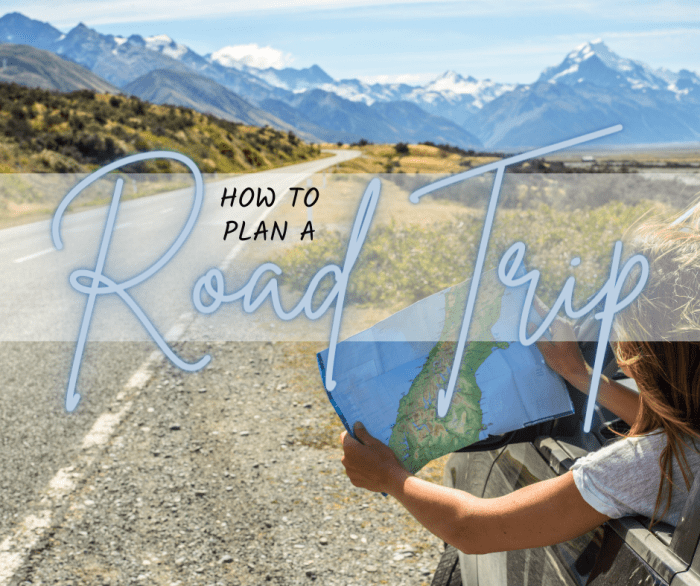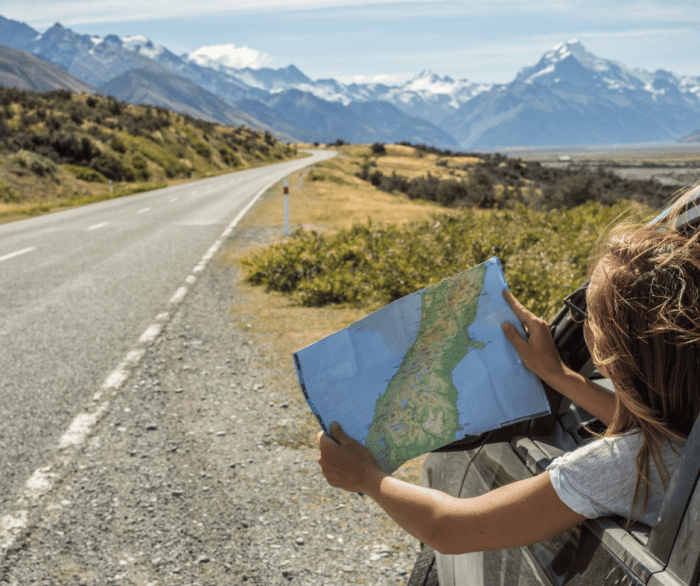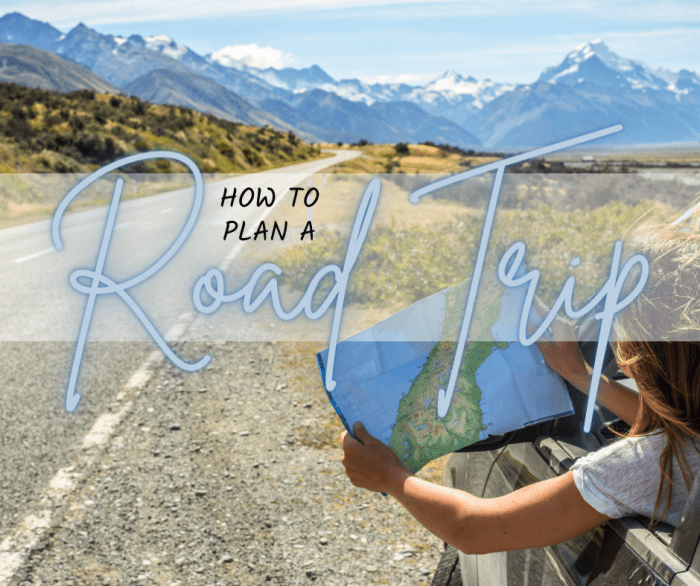New Route Aeneas Mythology explores a fascinating reimagining of the legendary hero’s epic journey. This compelling narrative delves into the impact of taking a different path, exploring the potential motivations, obstacles, and divine interventions that could alter Aeneas’s character, destiny, and the very fabric of Roman mythology. From the familiar landscapes of the traditional route to the potential for new encounters and conflicts, this analysis promises a captivating look at a reinterpreted Aeneid.
The traditional account of Aeneas’s voyage from Troy to Italy is rich with detail and significance in Roman culture. However, this exploration proposes alternative routes, questioning the established narrative and offering a fresh perspective on the hero’s choices, the gods’ influence, and the consequences of these deviations. This framework allows us to consider the malleability of fate and the impact of personal choices on a legendary journey.
Introduction to Aeneas’s Journey

Aeneas, a Trojan prince, embarked on a perilous odyssey after the fall of Troy. His epic journey, chronicled in Virgil’s Aeneid, is not merely a tale of heroism; it’s a foundational myth in Roman history, shaping their identity and values. Driven by fate and divine intervention, Aeneas navigated treacherous seas, faced formidable challenges, and ultimately established a new home in Italy, laying the groundwork for the Roman Empire.Aeneas’s voyage is more than just a story; it’s a potent symbol of Roman destiny.
It encapsulates the Roman ideal of pietas, a deep respect for duty, family, and the gods. The epic’s impact on Roman culture is profound, influencing art, literature, and the very understanding of Roman identity for centuries to come. The journey reflects a powerful desire for continuity and a belief in destiny, echoing the Romans’ own sense of their place in the world.
Aeneas’s Key Events and Locations
Aeneas’s journey was fraught with peril and filled with significant encounters. From the burning ruins of Troy to the fertile lands of Italy, his path was marked by loss, resilience, and the constant influence of the gods. He encountered mythical creatures, powerful figures, and faced trials that tested his resolve.
- Departure from Troy: Aeneas and his followers, carrying the remnants of their fallen city, embarked on a sea voyage, leaving behind their homeland and loved ones.
- Adventures in Carthage: Aeneas spent a significant time in Carthage, captivated by the queen Dido. Their passionate affair was tragically cut short, a pivotal moment shaping Aeneas’s future.
- Encounter with the Sibyl: In Cumae, Aeneas consulted the Sibyl to gain passage to the underworld, a crucial step in fulfilling his destiny.
- Journey through the Underworld: Aeneas descended into the underworld to speak with his deceased father, Anchises, receiving guidance for his future endeavors.
- Landing in Italy: After facing numerous trials and tribulations, Aeneas and his followers finally landed in Italy, encountering local populations and establishing the foundation for the Roman state.
Divine Influence on Aeneas’s Journey
The gods and goddesses played a critical role in guiding, challenging, and influencing Aeneas’s path. Their interventions shaped his decisions and determined the course of his destiny. Their actions were not arbitrary; they reflected the complex interplay of power, fate, and the will of the gods.
- Juno’s Opposition: The goddess Juno, queen of the gods, vehemently opposed Aeneas’s journey, seeing him as a threat to her power and her favoured rival, Carthage.
- Venus’s Guidance: Aeneas’s mother, the goddess Venus, constantly aided and supported him, providing protection and guidance throughout his arduous travels.
- Apollo’s Prophecy: Aeneas received divine prophecies from Apollo that shaped his choices and underscored the importance of his mission.
Impact of Aeneas’s Voyage on Roman Identity
Aeneas’s journey had a profound impact on the development of Roman identity. The epic of Aeneas became deeply ingrained in Roman culture, shaping their understanding of their origins and destiny. His journey served as a powerful narrative that cemented Roman values and beliefs.
| Event | Location | Deity Influence | Impact on Aeneas |
|---|---|---|---|
| Departure from Troy | Troy | Venus, Jupiter | Embarking on a divinely ordained quest |
| Encounter with Dido | Carthage | Juno, Venus | Facing a personal and political dilemma |
| Meeting with the Sibyl | Cumae | Apollo | Receiving crucial guidance and prophecy |
| Journey to the Underworld | Underworld | Pluto, Hecate | Gaining knowledge and understanding of his destiny |
| Landing in Italy | Italy | Jupiter, Mars | Establishing the foundation for the Roman people |
Alternative Routes and Their Significance
Aeneas’s journey from Troy, as depicted in Virgil’s Aeneid, is a well-trodden path in mythology. However, the specifics of his travels, while often considered definitive, leave room for alternative interpretations. Exploring potential alternative routes reveals fascinating insights into the flexibility of myth and the possible motivations behind Aeneas’s choices. These alternatives also highlight the challenges and uncertainties inherent in such epic voyages.The traditional route, as meticulously described by Virgil, may not be the only or even the optimal path for Aeneas.
Considering alternative routes forces us to re-evaluate the motivations behind Aeneas’s actions and the potential obstacles he might have faced. These possibilities offer a richer understanding of the narrative, moving beyond the constraints of a singular, pre-ordained journey.
Possible Motivations for Alternative Routes
Aeneas’s quest for a new homeland was undoubtedly driven by a powerful sense of destiny and the need to escape the destruction of Troy. However, alternative routes might reflect a variety of other motivations. These might include a desire to avoid specific dangers, a pursuit of particular resources or opportunities, or a response to changing political or environmental circumstances.
For instance, a route leading through less-populated regions might offer safety from hostile forces or access to vital resources. Alternatively, a route closer to home, though potentially riskier, could have been chosen due to a desire to reclaim lost territory or to avoid the dangers of the open sea.
Potential Obstacles and Challenges
The obstacles encountered on alternative routes would vary significantly depending on the chosen path. These challenges could range from navigating treacherous seas and avoiding pirates to dealing with hostile indigenous populations or encountering natural disasters. For example, a route through a sparsely populated region might be safer from immediate military threats but more vulnerable to diseases or environmental hazards.
Another route, potentially closer to home, could bring Aeneas face-to-face with enemies still seeking revenge for the fall of Troy. These challenges would inevitably shape Aeneas’s character and his decisions.
Comparison of Alternative Routes to the Traditional Route
| Route | Distance (Estimated) | Obstacles | Divine Intervention | Comparison to Traditional Route |
|---|---|---|---|---|
| Traditional Route (Virgil’s Aeneid) | Extensive, traversing the Mediterranean | Storms, sea monsters, pirates, battles, encounters with the gods | Significant; Jupiter, Juno, Venus, and other deities influence events | Directly focused on Italy; high level of divine involvement |
| Route through the Adriatic Sea | Shorter, potentially more direct | Potential for encounters with Illyrian tribes, storms | Less documented divine intervention; possibly influenced by sea gods | Potentially faster but with increased risk of conflict |
| Route through the western Mediterranean | Longer, potentially more dangerous | Encounters with Berber tribes, possible shipwrecks, scorching deserts | Possible intervention from the gods of the West, possibly less consistent | More challenging due to environmental factors |
| Route along the North African coast | Shorter, potentially safer from immediate dangers | Potentially facing starvation, water shortages, and hostility | Limited divine intervention focused on specific regions; potentially influence from Poseidon | Relatively faster but potentially lacking vital resources |
These alternative routes, while hypothetical, provide valuable context to the narrative. They highlight the uncertainty and risks inherent in Aeneas’s journey and add depth to the motivations and challenges he might have faced.
Ever wondered about a new route for Aeneas’s legendary journey? While the traditional myths focus on the Mediterranean, modern interpretations might explore alternative paths, perhaps influenced by the current EU COVID travel restrictions for Americans. eu covid travel restrictions for americans have certainly impacted travel, and perhaps, inspired new narratives about ancient journeys. This could lead to some fascinating, and perhaps more realistic, depictions of the voyage.
The possibilities for reimagining Aeneas’s travels are endless.
The Impact of a New Route on Aeneas’s Character
Aeneas’s journey, as depicted in Virgil’s Aeneid, is a powerful exploration of heroism, duty, and the human condition. A new route, however, would fundamentally alter the circumstances surrounding his actions, forcing him to confront different challenges and forge a unique path to his destiny. This shift in the narrative landscape would inevitably shape his character, revealing facets of his personality perhaps unseen in the traditional account.A new route would expose Aeneas to different cultural encounters, geographical landscapes, and political realities.
These interactions would directly impact his decisions, influencing his values and motivations. The very nature of the obstacles he faces would shape his response, pushing him to adapt and evolve. Ultimately, a different journey would yield a different Aeneas.
Impact on Aeneas’s Motivations
A different route would likely affect Aeneas’s primary motivation: the establishment of a new kingdom. If the journey took him through areas with existing powerful kingdoms or hostile tribes, the need for survival and diplomacy might become paramount, pushing Aeneas to prioritize strategic alliances and careful negotiation. The traditional route, focused on reaching Italy, emphasizes the fulfillment of destiny and prophecy.
A different route might shift the focus to immediate concerns and necessitate a more pragmatic approach. For example, if the route led through a region known for piracy, Aeneas’s initial focus on founding a city might be overshadowed by the need to secure safe passage.
Ever thought about a new route through Aeneas’s mythology? It’s fascinating to imagine the journeys he took, and if you’re looking for inspiration for nature travel, check out some trip ideas for the best hot springs in trip ideas nature travel best hot springs in. Imagine soaking in those thermal waters, inspired by the mythical wanderings of Aeneas – a perfect way to embrace the ancient spirit of adventure!
Impact on Aeneas’s Decision-Making, New route aeneas mythology
The encounters Aeneas has along the way significantly influence his character development. For instance, if the new route included a lengthy stay in a city ruled by a tyrannical leader, Aeneas might be forced to confront the nature of authority and the ethical implications of cooperation with such a regime. The traditional route focuses on encounters with legendary figures like the Sibyl, the underworld, and the Cumaean prophecy.
A new route might introduce less heroic but equally impactful figures, potentially influencing Aeneas’s judgment and actions in unforeseen ways.
Impact on Aeneas’s Relationships
Aeneas’s relationships, crucial to the narrative, would also undergo changes. If the new route led him through a land inhabited by a hostile people, his interactions with them would be far more complex than encounters with welcoming or neutral communities. This could lead to conflicts and betrayals, potentially shaping his leadership and ability to build alliances. In the traditional narrative, Aeneas’s relationship with Dido is pivotal.
A new route might involve a completely different set of relationships with women, influencing his understanding of love, loyalty, and commitment.
Evolution of Aeneas’s Character Traits
| Character Trait | Traditional Route (Aeneid) | Alternative Route |
|---|---|---|
| Motivation | Fulfillment of prophecy, founding a new kingdom in Italy | Survival, diplomacy, adaptation to new challenges |
| Decision-Making | Guided by destiny, often heroic actions | Pragmatic, strategic, considering immediate circumstances |
| Relationships | Relationships with figures like Dido, Anchises, and the gods | Relationships with diverse groups, possibly with hostile tribes |
| Leadership | Heroic leader, inspired by destiny | Adaptive leader, building alliances based on necessity |
| Resilience | Overcoming obstacles with strength and divine intervention | Overcoming obstacles through resilience and resourcefulness |
The Mythological Implications of a New Route
Aeneas’s journey, as depicted in Virgil’s Aeneid, is deeply intertwined with the mythology of Rome. A new route, altering the established path, would reverberate through this tapestry of gods, mortals, and destiny. This exploration will delve into the potential ramifications of this change, examining its impact on character relationships, interpretations of fate, and the overall narrative.A new route for Aeneas’s journey fundamentally alters the narrative’s symbolic weight.
Ever wondered about the new route Aeneas took in mythology? It’s fascinating stuff, but navigating the ancient world requires meticulous planning, especially when considering the unpredictable weather. For those epic journeys, mastering best packing tips for rain gear expert picks is crucial. A well-prepared traveler, like Aeneas, will be more likely to reach their destination safely.
I’m already sketching out my own mythical journey, incorporating these smart packing ideas!
The established path, often laden with specific locations and encounters, holds symbolic meaning, connecting Aeneas’s actions to the destiny of Rome. Shifting this path necessitates a re-evaluation of these symbolic connections, potentially revealing new layers of meaning or altering the existing ones.
Impact on Character Relationships
The relationships between Aeneas and other characters, including the gods and mortals, are intricately woven into the narrative. A new route would inevitably affect these relationships. For instance, encounters with specific figures might be altered or entirely removed. The nature of these changes would depend on the specifics of the new route. If Aeneas encounters a different mortal group along the way, it might change his perspective on humanity, influencing his character development and his interactions with other mortals.
Alterations to Fate and Free Will
The concept of fate plays a crucial role in the Aeneid. A new route necessitates a re-evaluation of this concept. If the new route involves unexpected obstacles or opportunities, it might challenge the preordained path and introduce an element of free will into Aeneas’s journey. Conversely, a new route might simply lead Aeneas to a different set of pre-determined events.
Either way, the narrative’s interpretation of fate and free will would be altered.
Comparison of Traditional and New Routes
| Aspect | Traditional Route | New Route |
|---|---|---|
| Aeneas’s Character Arc | Driven by destiny, fulfilling prophecy, overcoming trials. | Potential for unexpected growth, adapting to unforeseen challenges, making independent choices. |
| Relationship with Gods | Guided by divine intervention, subject to the will of the gods. | More complex interaction with gods, potentially challenging divine authority, or revealing a different aspect of the divine. |
| Interpretation of Fate | Fate is predetermined, Aeneas’s actions are guided by destiny. | Fate remains present but is interwoven with free will; Aeneas’s choices have a significant impact on the trajectory of his journey. |
| Overall Narrative Focus | Establishment of Rome’s destiny, adherence to a predetermined path. | Exploration of individual agency within the framework of destiny, potential for alternative outcomes. |
Historical and Cultural Context of the New Route
Aeneas’s journey, as depicted in Virgil’s Aeneid, is deeply intertwined with the historical and cultural fabric of the ancient Mediterranean world. A new route for Aeneas’s wanderings, therefore, offers a fascinating lens through which to examine the changing perceptions and understanding of this era. It allows us to consider the possibilities of different motivations, geographical realities, and cultural encounters shaping Aeneas’s experiences.The traditional route, while providing a framework, might not fully capture the fluidity and complexity of the ancient world.
A new route can illuminate alternative power dynamics, trade routes, and cultural exchanges that influenced the Mediterranean during this time. It allows us to consider the potential impact of these factors on Aeneas’s character and the overall narrative of the epic poem.
Reflection of Historical Context
A new route could reflect the shifting political landscapes of the late Bronze Age and early Iron Age. For example, a route emphasizing interactions with Mycenaean or Minoan settlements might suggest a different focus on trade and cultural exchange compared to the traditional emphasis on the Italian peninsula. Changes in seafaring technology or prominent trade routes could also be reflected in the new route, potentially leading to new encounters with civilizations.
Relationship to Real-World Geography and Cultures
A new route could incorporate real-world geographical features and cultures encountered during Aeneas’s journey. This route might connect to known sea lanes, ports, and settlements, altering the narrative’s portrayal of geographical understanding and knowledge of the time. Consideration of real-world trade routes and cultural exchanges of the period would significantly enrich the narrative and enhance the authenticity of the journey.
It might also highlight the importance of specific ports or coastal areas in the ancient Mediterranean economy.
Interpretation within the Social and Political Climate
A new route allows for a reinterpretation of the social and political climate of the ancient world as it influenced Aeneas’s journey. A route emphasizing interactions with powerful maritime empires might depict a different power dynamic and showcase the significance of sea power during that era. The route could also incorporate evidence of existing alliances, rivalries, or conflicts between different groups, which would enrich the social and political context of the story.
Comparison of Traditional and New Routes
| Geographical Aspect | Traditional Route | New Route (Example) | Real-World Locations/Cultures |
|---|---|---|---|
| Primary Destination | Italy | Crete/Cyclades | Mycenaean Greece, Minoan Civilization |
| Sea Lanes | Italian Peninsula Coastlines | Aegean Sea | Extensive trade routes, naval power |
| Cultural Encounters | Italic peoples | Mycenaean, Minoan, and Cycladic cultures | Advanced maritime cultures |
| Potential Political Implications | Foundation of Rome | Interactions with major maritime empires | Shifting power dynamics in the Mediterranean |
This table demonstrates a possible new route, highlighting potential alternative destinations and cultural encounters. The traditional route emphasizes the founding of Rome, while the new route explores different geopolitical realities of the time. It emphasizes the importance of seafaring and the impact of major maritime empires on the ancient world.
Possible New Encounters and Conflicts
Aeneas’s journey, as depicted in Virgil’s Aeneid, is fraught with peril. A new route, however, introduces a whole new set of challenges, demanding adaptations to the traditional narrative. Exploring uncharted territories and encountering unfamiliar beings necessitates reassessing the very nature of the hero’s struggle and the potential outcomes of his actions. This section delves into the possible new encounters and conflicts that could arise along this alternative path.A new route opens the doors to encounters with diverse cultures and beings previously unseen by Aeneas.
These interactions can dramatically alter the narrative arc, affecting Aeneas’s character and the mythological implications of his journey. Conflicts, both large-scale and personal, become inevitable, shaping the destiny of both Aeneas and the world he inhabits.
Potential Encounters with New Peoples
This new route might lead Aeneas through regions populated by previously unknown tribes and civilizations. These encounters could be peaceful, fostering trade and cultural exchange, or they could be fraught with hostility, leading to conflict over resources or territory. For example, the expansion of Greek colonies into previously uncharted territories often resulted in both peaceful trade and violent conflict with indigenous populations.
The specific nature of these interactions would depend on the characteristics of the new peoples encountered and Aeneas’s response.
Potential Encounters with Monsters and Mythical Creatures
A new route will likely introduce Aeneas to different mythical creatures and monsters, some familiar in different guises, others entirely new. These creatures could be remnants of ancient folklore, or the result of environmental or cultural differences along the route. Encountering a new hydra, or a different breed of harpies, for example, could necessitate new strategies and tactics. These encounters could also be metaphors for the challenges Aeneas faces in navigating the unknown and the difficulties of adapting to new situations.
Potential Conflicts and Battles
Conflicts are inevitable. A new route might lead Aeneas into direct conflict with other powerful figures or entities, potentially resulting in large-scale battles. For instance, encountering a powerful sea-god protecting a specific territory, or a monstrous sea beast guarding a crucial passage, could lead to fierce battles with significant consequences. These battles might not just be physical confrontations; they could also be conflicts of ideologies or belief systems, testing Aeneas’s moral compass.
Impact on Aeneas’s Journey
| New Encounters | Potential Conflicts | Impact on Aeneas’s Journey |
|---|---|---|
| New tribes with different customs | Trade disputes or outright war over resources | Aeneas might have to adapt his diplomatic skills, or prepare for battle. |
| Mythical creatures guarding a passage | A physical battle, requiring tactical ingenuity and courage | Aeneas’s character will be tested by the need to overcome obstacles and protect his companions. |
| Powerful beings or gods | A conflict of wills, requiring careful diplomacy or decisive action. | Aeneas might have to demonstrate his respect for divine power or his courage to challenge it. |
Illustrative Examples of Alternative Routes: New Route Aeneas Mythology
Aeneas’s journey, as depicted in Virgil’s Aeneid, is often interpreted through the lens of its geographical path. However, a reimagining of this route offers a unique opportunity to explore the profound impact of narrative choices on character development, symbolism, and the overall themes of the epic. This section will delve into concrete examples, showcasing how alternative paths can alter the narrative’s core elements.Different routes for Aeneas’s journey can profoundly alter the narrative’s dynamic and the character’s development.
Consider how the encounter with various figures and the experience of hardship shape Aeneas’s growth. An alternative route might introduce new obstacles, delaying or accelerating key events, thereby altering the very essence of his journey.
Impact on Character Development
The development of Aeneas’s character is intricately linked to his experiences. A new route could introduce different sets of challenges. For instance, a route that bypasses Carthage might result in a less emotionally turbulent experience, altering the pivotal encounter with Dido and the subsequent internal conflict. Conversely, a route that leads Aeneas through unfamiliar territories might expose him to different cultures and people, potentially fostering empathy and understanding, leading to a more nuanced character portrayal.
Impact on Symbolism and Themes
The symbolic weight of Aeneas’s journey is significant. The traditional route, often interpreted as a journey towards destiny and the founding of Rome, carries specific symbolic meanings. A new route could shift the focus. For example, a route that emphasizes exploration and discovery rather than predetermined destiny could redefine the themes of fate, free will, and the human condition.
The symbolic representation of the journey itself might shift from a quest for destiny to one of self-discovery or a struggle against unknown forces.
Comparison of Traditional and Alternative Routes
“Traditional Route: A direct, preordained path to Italy, emphasizing destiny and the founding of Rome. New Route: A circuitous path, focusing on self-discovery, encountering diverse cultures, and confronting unexpected challenges.”
| Aspect | Traditional Route | Alternative Route (Example: A route focusing on the Greek world before Italy) |
|---|---|---|
| Primary Goal | Founding Rome | Exploring the remnants of Greek civilization and learning from its mistakes. |
| Character Development | Driven by destiny, showcasing duty and resilience | Facing uncertainties and internal conflicts, demonstrating adaptability and cultural awareness. |
| Symbolism | Destiny, fate, founding of a new civilization | Humanity’s connection to the past, the challenges of cultural exchange, and the search for meaning. |
Conclusive Thoughts

In conclusion, exploring alternative routes in Aeneas’s mythology reveals a rich tapestry of possibilities. This reimagining allows us to analyze the impact of choices, the role of fate versus free will, and the enduring power of myth. The exploration of a new route not only challenges the traditional narrative but also offers a fresh lens through which to understand Aeneas’s character development and the overall meaning of his journey.
Ultimately, it’s a journey of reinterpretation, questioning, and profound insights into the enduring legacy of Roman mythology.


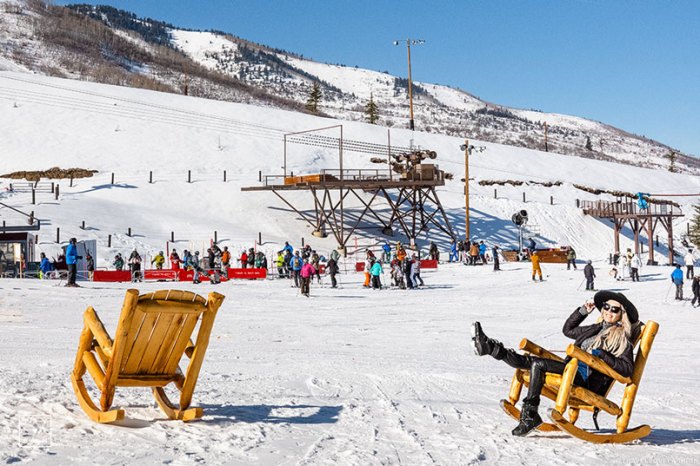
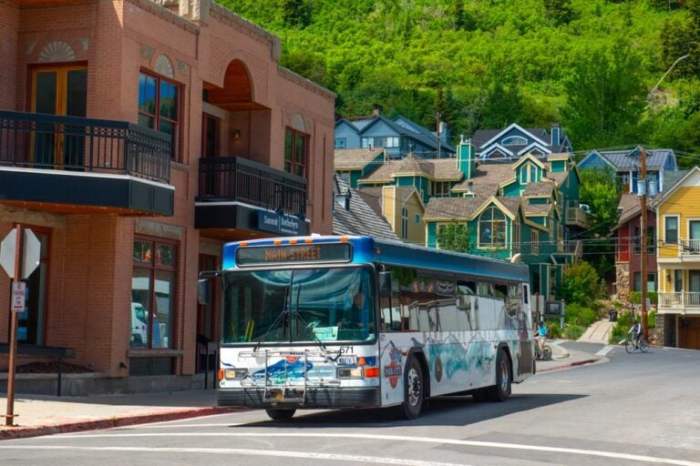
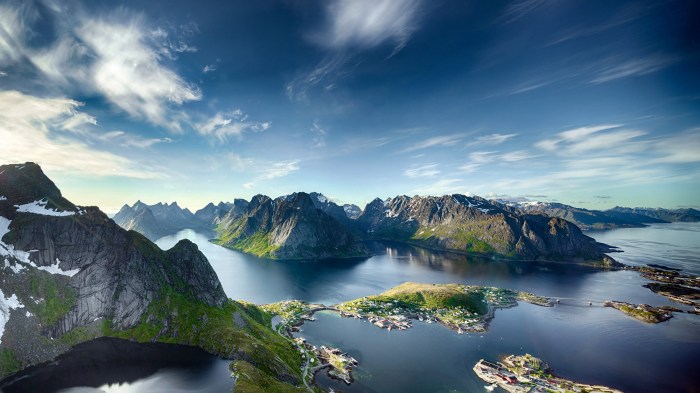
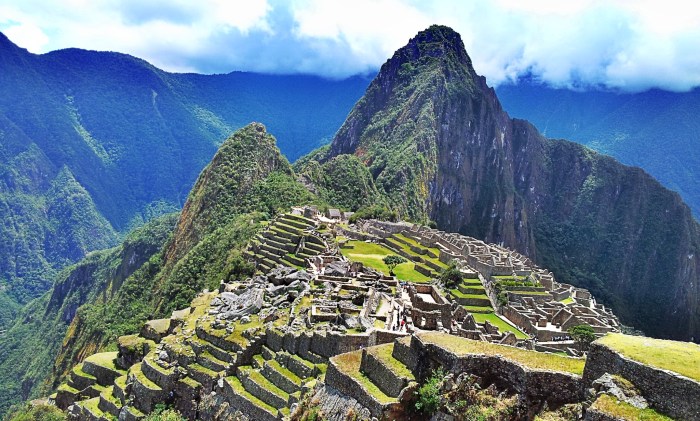
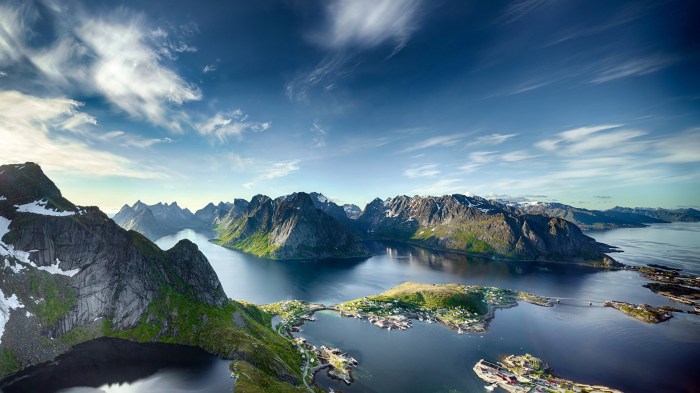
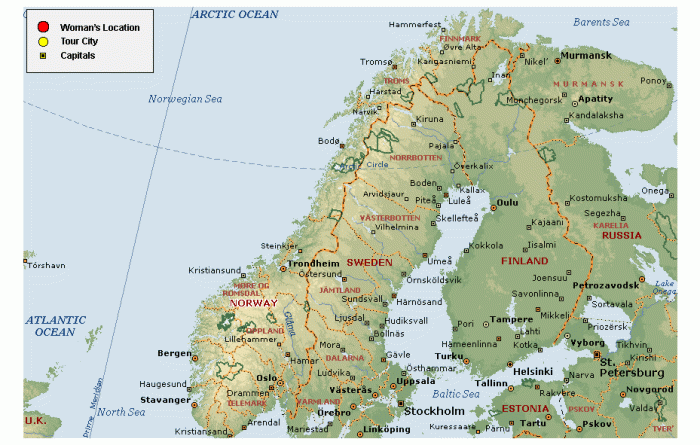
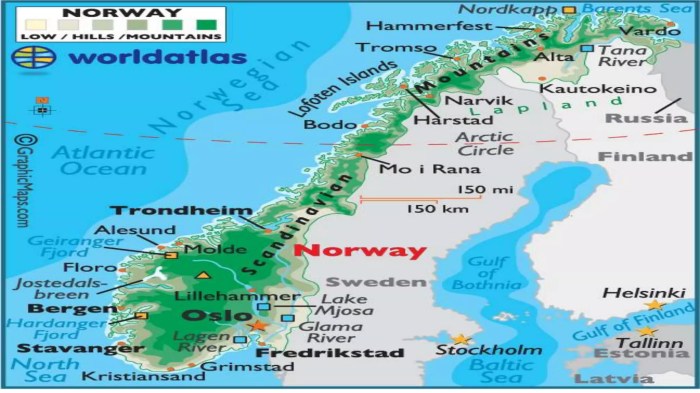
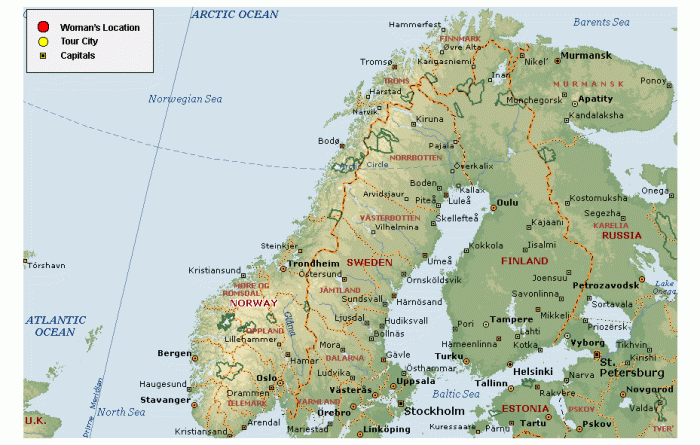



 This example weather chart displays the average high and low temperatures in Santa Fe for each month. It visually demonstrates the stark difference between the hot summers and cool winters, enabling visitors to plan clothing accordingly. The chart also highlights the notable amount of sunshine in spring and fall.
This example weather chart displays the average high and low temperatures in Santa Fe for each month. It visually demonstrates the stark difference between the hot summers and cool winters, enabling visitors to plan clothing accordingly. The chart also highlights the notable amount of sunshine in spring and fall. This chart illustrates the average price of accommodations in Santa Fe throughout the year. It displays how rates generally increase during peak seasons, like the fall and spring, when cultural events and outdoor activities are most prevalent.
This chart illustrates the average price of accommodations in Santa Fe throughout the year. It displays how rates generally increase during peak seasons, like the fall and spring, when cultural events and outdoor activities are most prevalent. This graph visually represents the ideal times to visit Santa Fe for outdoor enthusiasts. It shows the months with the most pleasant temperatures for hiking and other activities.
This graph visually represents the ideal times to visit Santa Fe for outdoor enthusiasts. It shows the months with the most pleasant temperatures for hiking and other activities. This visual representation highlights the busiest and slowest periods for cultural events and festivals in Santa Fe. It provides a snapshot of the events calendar, helping visitors plan their trip around specific celebrations.
This visual representation highlights the busiest and slowest periods for cultural events and festivals in Santa Fe. It provides a snapshot of the events calendar, helping visitors plan their trip around specific celebrations. This combined chart presents a clear visual comparison of average temperatures and precipitation amounts for each month in Santa Fe. This enables visitors to assess the overall weather conditions during their planned visit.
This combined chart presents a clear visual comparison of average temperatures and precipitation amounts for each month in Santa Fe. This enables visitors to assess the overall weather conditions during their planned visit.





